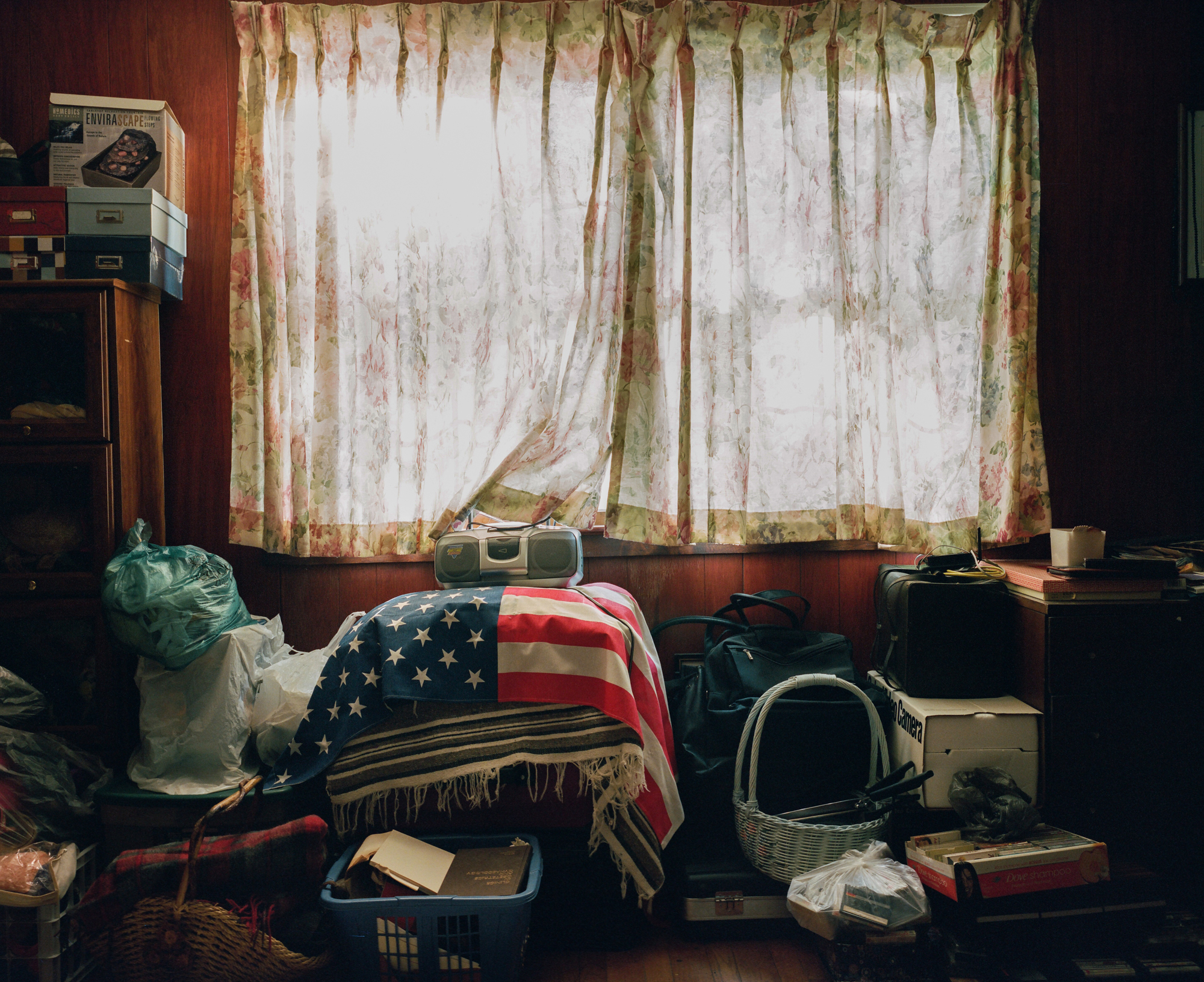CURATOR STATEMENTS
See You at Home

“I was drawn to this project because it sensitively addresses and intertwines the themes of migration and aging. The photographs of the past and present, when presented together, bring to the fore the impact of displacement, even when it is by choice. “Home,” in the end, is both spatially and temporally unstable.”
- Leslie Ureña, Associate Curator of Photographs, National Portrait Gallery, Smithsonian
“I was immediately drawn to Vikesh Kapoor’s work because his investigation of home felt particularly resonant—urgent, even—at this particular moment. What does home look and feel like, particularly in an adopted country? Kapoor’s project reminded me of a favorite body of work by Larry Sultan, in which Sultan explores the concept of home and the mythology of the American dream through photography, family snapshots and home movies. Kapoor’s work powerfully and poetically builds on this kind of investigation, imbuing it with a kind of poignancy that feels both very personal and also of the current political moment, summoning the debates around immigration and what it means to be an American.”
- Corey Keller, Curator of Photography, SFMOMA
“Vikesh Kapoor’s ‘See You at Home’ is a poignant view of an urgent social and political subject told through the lens of the personal and familial. The title is evocative, suggesting a temporary parting and anticipation of sorts; a reunion that could be hours or years away – an indefinite period of time.
I was struck by the way in which Vikesh articulated his parents’ relationship with one another and the home they built together through his own photographs, as well as those he chose from the family album. When the idea of what ‘home’ means and to whom is so fraught, the series suggested to me a couple finding ‘home’ in one another.”
- Emma Lewis, Assistant Curator, Tate Modern
“The ordinary and extraordinary meld in Kapoor’s work, reflecting this moment. These are poignant images that are deeply personal, but they speak to many broader points, especially immigration, Americanness, accumulation, and old age.
Photography’s most powerful act is to show us something that we have not seen before and to allow us to examine what we did not see firsthand. See You at Home does this in profound ways by raising questions about how older immigrants look, act, and live, in a land that they’ve called home longer than anyplace else. It contributes to the current sociopolitical dialogues by reminding us that there is plenty of ordinariness in the extraordinary life decision to migrate. In See You at Home, Kapoor shares the isolation and quiet loneliness that seems to accompany this particular pursuit of the American Dream.” (full essay here)
- Leigh Gleason, Head of Reference Section, Prints & Photographs Division, Library of Congress
